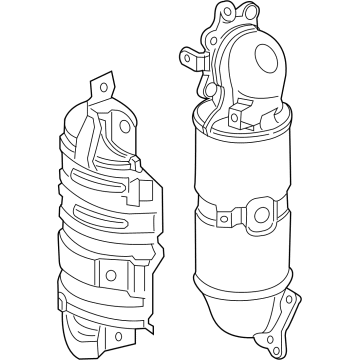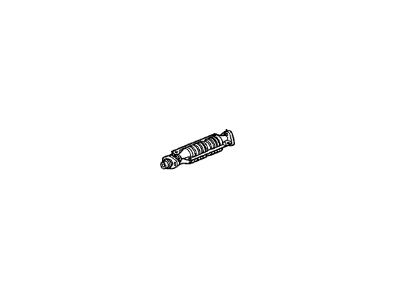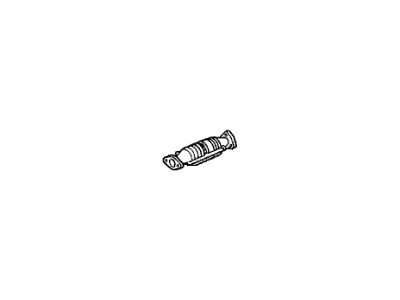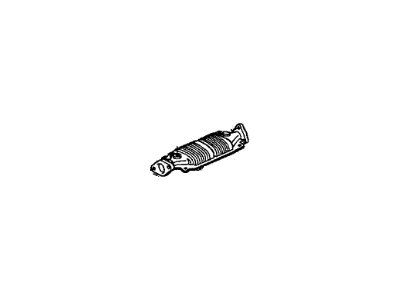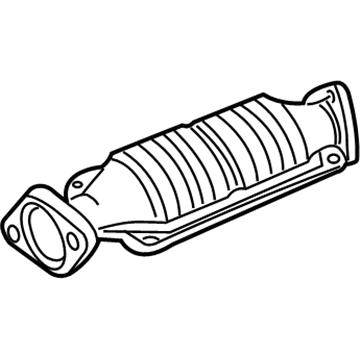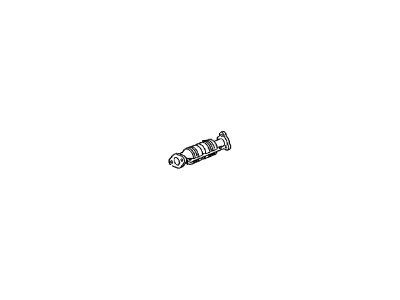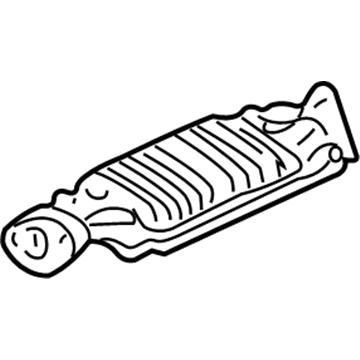×
- Hello
- Login or Register
- Quick Links
- Live Chat
- Track Order
- Parts Availability
- RMA
- Help Center
- Contact Us
- Shop for
- Acura Parts
- Acura Accessories

My Garage
My Account
Cart
Genuine Acura Integra Catalytic Converter
Cat. Converter- Select Vehicle by Model
- Select Vehicle by VIN
Select Vehicle by Model
orMake
Model
Year
Select Vehicle by VIN
For the most accurate results, select vehicle by your VIN (Vehicle Identification Number).
27 Catalytic Converters found
Acura Integra Converter Assembly
Part Number: 18150-6LM-L00$2976.50 MSRP: $4246.43You Save: $1269.93 (30%)Ships in 1-3 Business DaysAcura Integra Converter Assembly , Cc
Part Number: 18180-6PV-A00$1310.19 MSRP: $1866.67You Save: $556.48 (30%)Ships in 1-2 Business Days
| Page 1 of 2 |Next >
1-20 of 27 Results
Acura Integra Catalytic Converter
We provide a broad range of OEM Acura Integra Catalytic Converter at unbeatable prices on our website. For your OEM parts, You can count on the guaranteed quality, manufacturer's warranty, outstanding customer service, and prompt delivery. We look forward to your visit.
Acura Integra Catalytic Converter Parts Questions & Experts Answers
- Q: How should a catalytic converter be inspected, diagnosed for malfunctions, and tested for restrictions on Acura Integra?A:Due to a Federally mandated extended warranty covering emissions-related components like the catalytic converter, it is advisable to consult a dealer service department before incurring replacement costs. The catalytic converter serves as an emission control device in the exhaust system, designed to reduce pollutants in the exhaust gas stream. There are two types: the conventional oxidation catalyst, which decreases hydrocarbon and carbon monoxide levels, and the three-way catalyst, which also reduces oxides of nitrogen. Testing equipment for catalytic converters is costly and sophisticated; if a malfunction is suspected, it is best to visit an authorized emissions inspection facility for diagnosis and repair. When servicing underbody components, inspect the converter for leaks, corrosion, dents, and other damage, including checking the welds and flange bolts connecting the converter to the exhaust system. Although failures are rare, catalytic converters can become plugged. To check for a restricted converter, use a vacuum gauge while opening the throttle at around 2000 rpm and then releasing it quickly. A properly functioning system will show a quick drop in gauge reading to no more than 2 in-Hg above its normal level. If the gauge indicates 5 in-Hg or more above its normal reading, or hovers at a high reading before returning, it suggests that the exhaust system or converter is plugged, or that there may be a bend or dent in the exhaust pipe, or a shift in the muffler core.
Related Acura Integra Parts
Browse by Year
2024 Catalytic Converter 2023 Catalytic Converter 2001 Catalytic Converter 2000 Catalytic Converter 1999 Catalytic Converter 1998 Catalytic Converter 1997 Catalytic Converter 1996 Catalytic Converter 1995 Catalytic Converter 1994 Catalytic Converter 1993 Catalytic Converter 1992 Catalytic Converter 1991 Catalytic Converter 1990 Catalytic Converter 1989 Catalytic Converter 1988 Catalytic Converter 1987 Catalytic Converter 1986 Catalytic Converter
